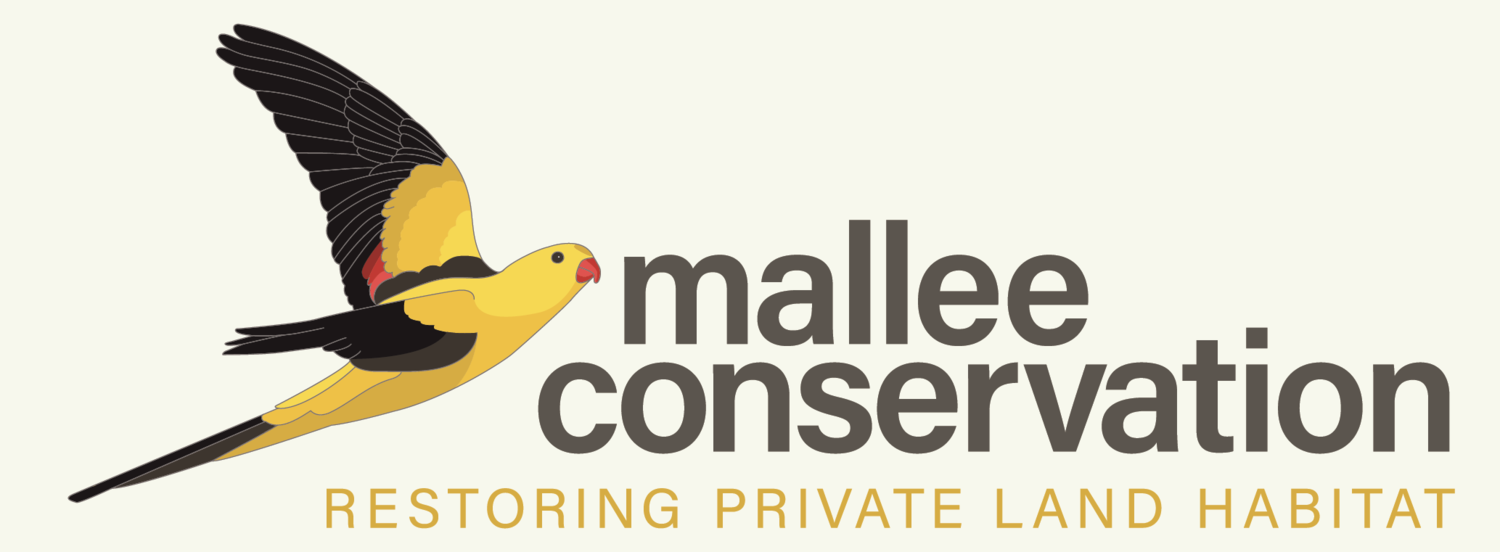Gazania - the multicolour menace
It’s that time of year when Gazanias start flowering and we notice them creeping their way into bushland areas. These plants may be colourful but they are a real menace. It frustrates me that they are not listed as a weed in Victoria so they can still be sold in nurseries. Luckily, I’m not the only one concerned.
We feature in this “Multicolour Menace” article in The Guardian: “Adopt a bit of bush and say to yourself, no bit of Gazania gets in here”
And the Invasive Species Council penned this article New research reveals popular garden flower is more destructive than previously thought. This was prompted by research from Latrobe Uni that “found they are even more invasive than feared – with seeds capable of thriving in almost any Australian environment, from coastal dunes to cropping paddocks”.
Gazanias are worrying farmers too. This article by Mallee Sustainable Farming outlines the Gazania wars. Gazanias are built for survival:
Lots of babies - abundant seeds plus growth from underground rhizomes,
Tough and hard to kill - waxy leaves that make them resistant to drought and hinders herbicide absorption, ability to “pause” during droughts, then bounce back
Really hard to kill - chemical control options require high rates, specific mixes, plus adjuvants to enhance herbicide uptake, plus spraying needs to be undertaken when plants are really small
I collected a lot of Gazania seed for the Latrobe Uni research and I was really pleased to see the research published: “Seeds of success: seed biology and germination response of Gazania weed in Australia”. The research found “Despite some population variations, gazania has flexible germination requirements potentially enabling their invasion”:
Gazania (Gazania spp.) is a highly invasive plant which is emerging as a difficult-to-control weed in grain production systems and grasslands in southern Australia. Different populations of gazania were compared for their seed morphology and germination response to various environmental factors including temperature, photoperiod, moisture, salinity and pH.
Germination response was same (>90%) in alternating light/dark (14/10 h) or complete dark (24 h) conditions. All populations had >78% germination across a wide range of alternating day/night temperatures (15/5, 25/15, and 35/25°C). Populations did not differ in their germination response to moisture stress. Seeds did not germinate beyond -1.2 MPa water potential, while 50% germination inhibition occurred at -0.67 MPa. Gazania seeds could germinate up to a high salinity level of 300 mM of sodium chloride. The pH did not affect germination irrespective of the population.

